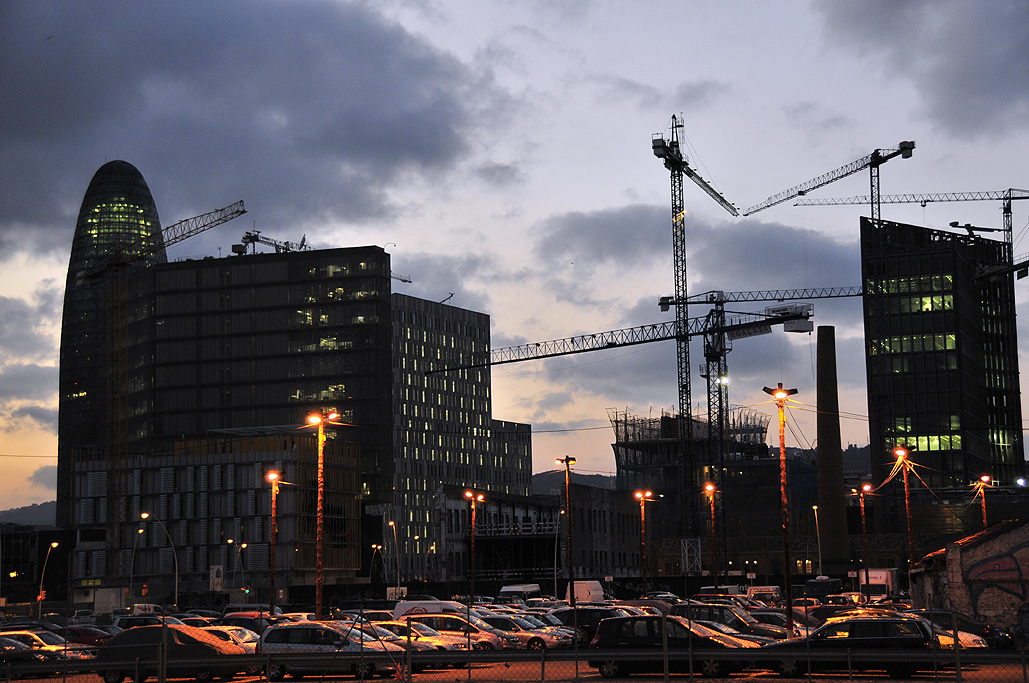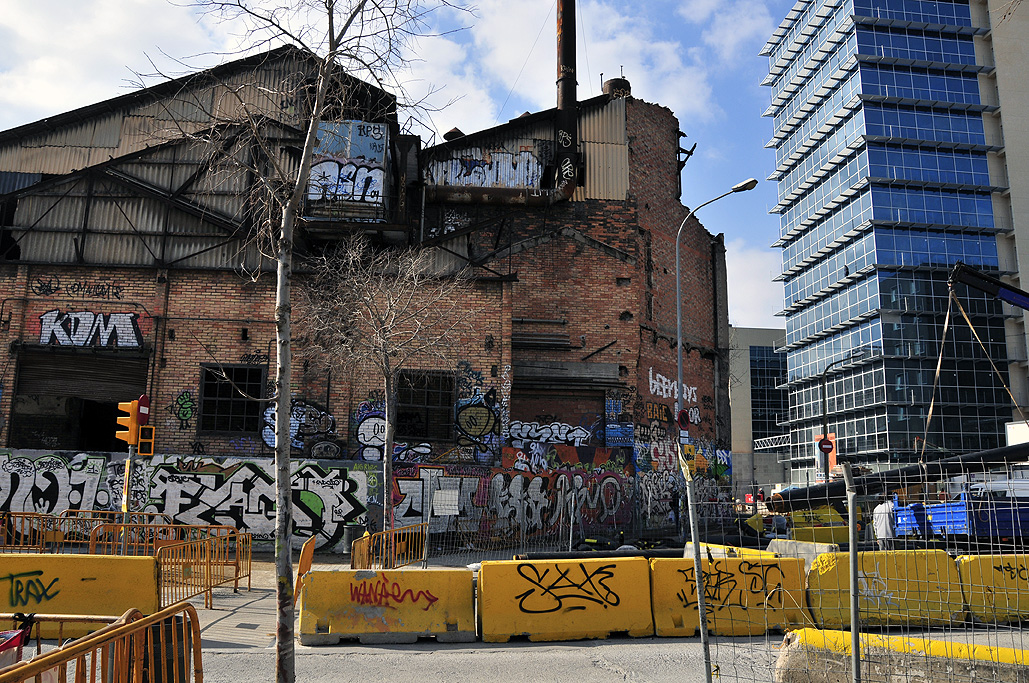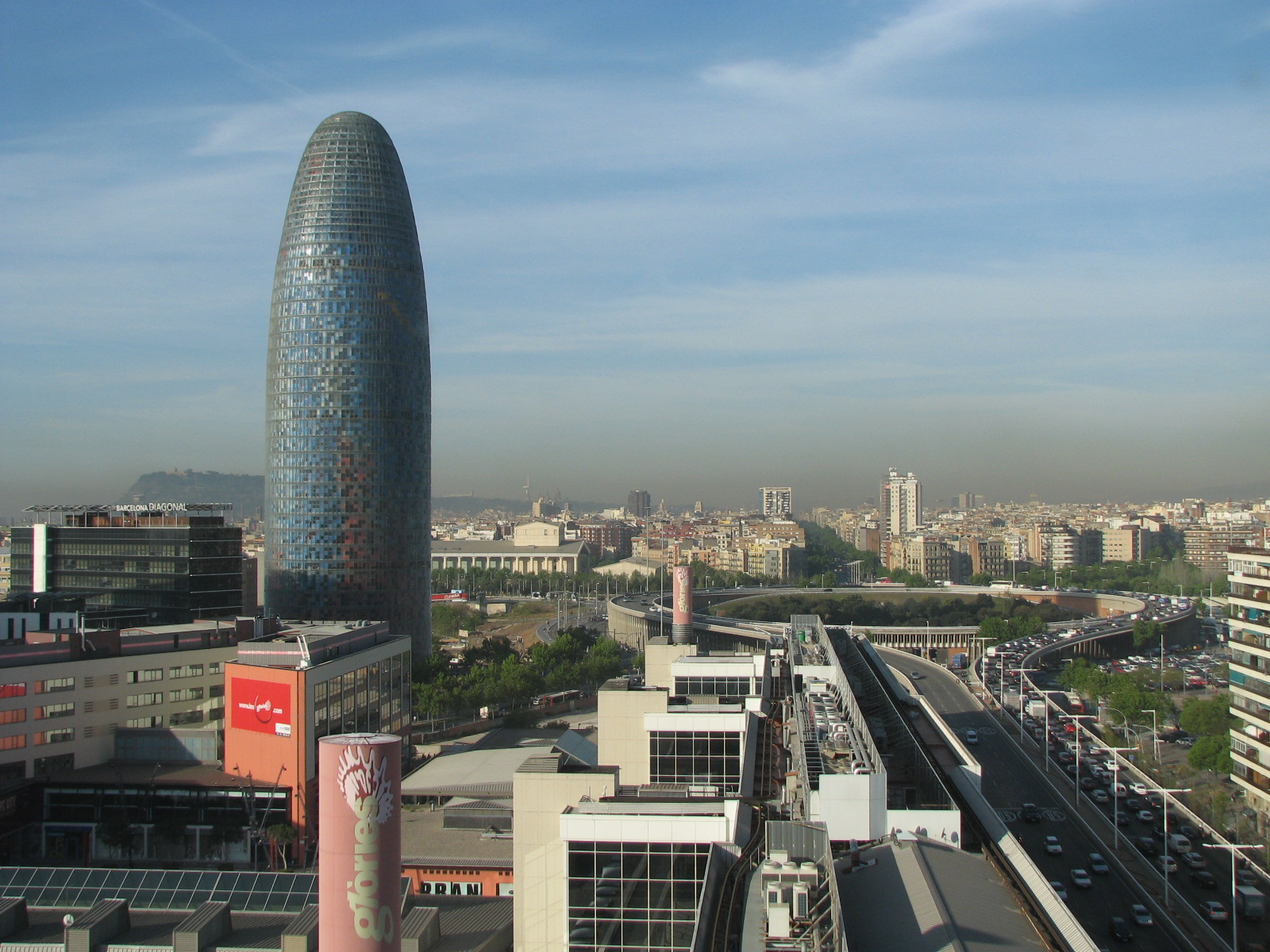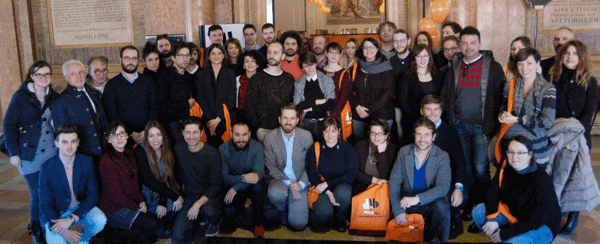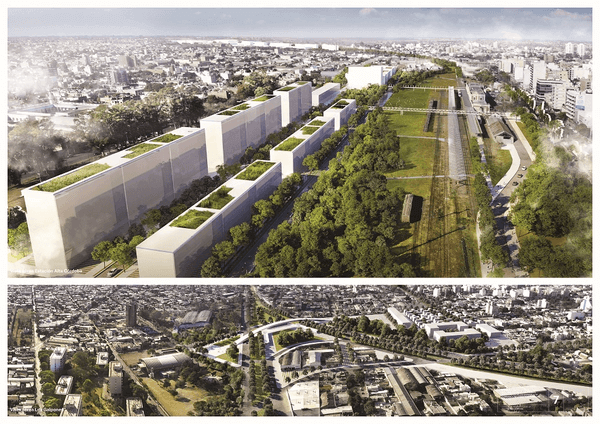In 2000 the Barcelona City Council created the municipal society 22 ARROBA BCN, S.A.U., responsible for the supervision of the project, that is, for its management and promotion.
Following steps characterize the development process of the 22@ area:
2000: Masterplan
2001: Urban Planning
2003: Urban management
2004: Infrastructure
2004/2006: Construction
2004: Corporate projects, Clusters
2008: Publicly owned land, Compact city
The project developers planned 4.000.000m² of new gross floor space, mostly allocated to productive activities (3.200.000m²), but also to housing, facilities and services (800.000m²). On the top of that, they included the development of 114.000m² green spaces.
The 22@ plan also aimed at restoring more than 4.600 houses built during the industrial age. In fact, when the Regional Plan decided in the 1950s to restrict future uses of the area to industrial functions, these former houses became largely neglected by public authorities. The planning of the new 22@ area aimed at recognizing the historical value of these houses and at fully restoring their initial function. To reinforce the housing offer in the area, 4.000 new state-subsidized units (with minimum 25% rental) have been built.
The district’s goal is to foster a knowledge-based economy and to achieve a more compact city. The district’s development path is characterized by following key features:
- @activities: the district has shifted toward innovative knowledge-based activities, defined as activities using human competences as their main resource for production. These activities still coexist with traditional ones in the district. Five specialized clusters have been created in the activity fields of media, energy, medical technologies, information and communication technologies and design.
- Revitalization of public space and green spaces: the plan adopteda model in which the large open spaces become gradually squares and smaller streets with houses.
- Advanced infrastructures: a Special Infrastructure Plan regulated urban transformation for 37 kilometers of streets. This plan also foresaw the constitution of several networks, among others fiber optic telecommunications, waste collection and electricity.
- Industrial heritage: sixty-eight new elements have been included in Barcelona's Catalogue of Heritage Sites.
- 7@ facilities: the district’s purpose is to promote training, research and the use of new technologies through new spaces. These facilities try to improve synergies between universities, tech and research centers, as well as production activities.
- Subsidized housing: creation of mixed spaces for a lively and balanced environment.
- New mobility model: a reduced number of main streets carrying the majority of private vehicles as well as public transportation, and a larger number of secondary streets, with minimum traffic flow, used to access buildings.
Moreover the cluster offers many possibilities to citizens and professionals to expand their network, learn from each other and share good practices.
One of the major networking platforms in the cluster is the 22@Network Association of Businesses and Institutions which also offers corporate consultancy services. Firms’ common interest in that network is based on the recognition of knowledge as a corner stone of their activity. Other platforms include the 22@ Update Breakfast, which is a meeting point for professionals for exchanging on new ideas and innovations. The district also organizes a yearly symposium on urban clusters.
Moreover the 22@ voluntariat aims at creating more solidarity between firms, institutions and inhabitants within the cluster. It targets the enrollment of firms to support newly arrived professionals in the cluster concerning various matters (e.g. language, use of new technologies). In the same manner, volunteers support citizens in order to foster the use of new communication and information technologies in their everyday life and to improve communication between people.

